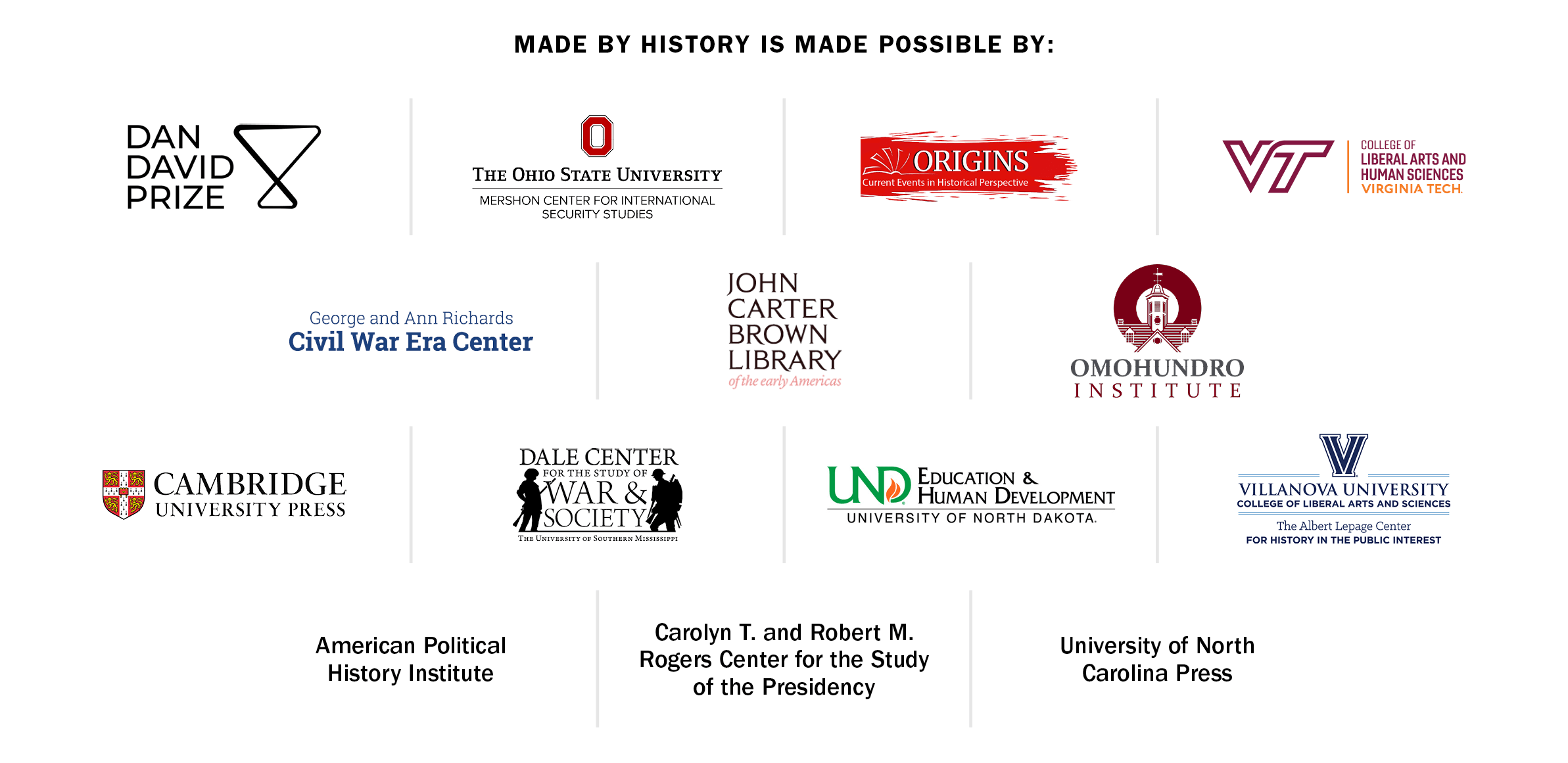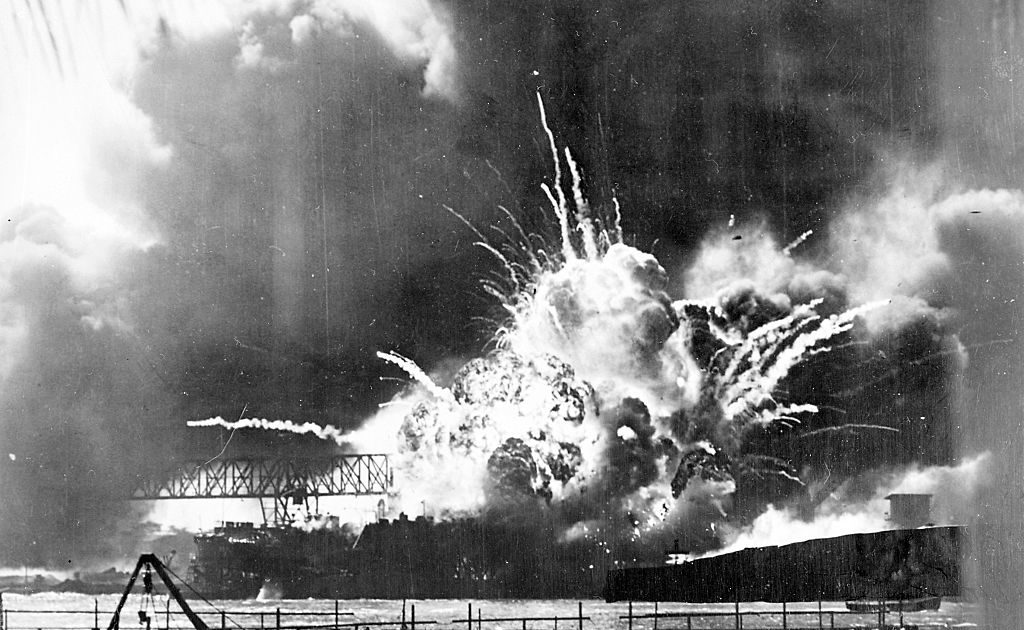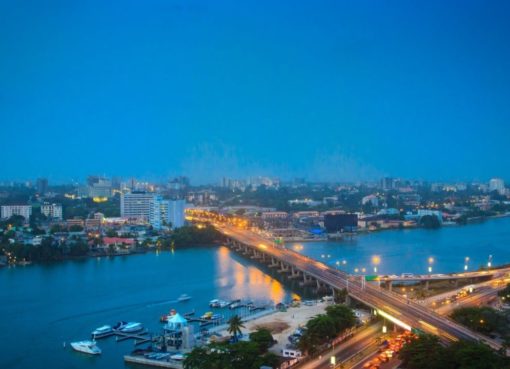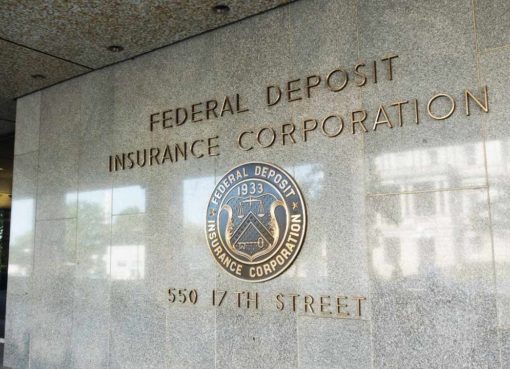In the two months since the Hamas terrorist attack on Israel, the U.S. has witnessed an outbreak of antisemitic and anti-Palestinian and Islamophobic episodes. These incidents have been a painful reminder of how some Americans, in the aftermath of national or international crisis, tend to project blame onto entire identity groups, regardless of individual actions or beliefs. Such crude stereotyping has often relied on—and reactivated—deeper, conspiratorial thinking that certain Americans retain divided loyalties and thus pose an inherent threat to national security.
To better understand the prejudice and violence of our present, it is essential that we look to a key moment in the past, when scapegoating, conspiracy theories, and a spurious national security logic combined to produce one of the most shameful acts of political repression in American history.
On Dec. 7, 1941, Imperial Japan attacked the U.S. naval base at Pearl Harbor. In a speech to Congress the next day, President Franklin D. Roosevelt meticulously advanced the perception that Japan acted “suddenly and deliberately” and “without warning” in a “premeditated invasion.”
Yet many Americans had long warned of such an attack because they had consumed conspiracy theories about the danger of Japan and the disloyalty of U.S.-based Japanese immigrants over the previous four decades. That’s why in the aftermath of Pearl Harbor, even as the U.S. responded to the attacks with remarkable unity of purpose in a war waged to uphold democracy worldwide, bigoted, false ideas about Japanese and Asian Americans proliferated, helping to impel the unjustified incarceration of over 120,000 Japanese Americans.
Then, as now, moments of crisis can cause longstanding, pernicious stereotypes to flourish. They fuel decisions made in the name of national security that, in reality, make the U.S. less safe by fostering divisions and providing state-sanction for racism and xenophobia.
Unfounded warnings of Japanese immigrants’ inherent disloyalty actually dated to the dawn of the 20th century. Japanese immigrants were becoming the main body of low-paid agricultural workers on the U.S. West Coast, prompting white labor and anti-immigration groups to push for discriminatory legislation, especially in California. To advance their cause, they warned of a “yellow peril,” a term gaining currency with white supremacists around the globe that denounced what many claimed was Asians’ growing capacity and determination to destroy western civilization.
In 1905, Japan’s stunning victory in the Russo-Japanese War suddenly made it a potential adversary in East Asia. Convinced that a conflict was inevitable, American war planners on the Joint Army and Navy Board, precursor to the Joint Chiefs of Staff, began to include Japan in an increasing number of possible scenarios.
Soon, it became a preoccupation for many of the era’s public figures, journalists, and novelists, as they warned of a coming civilizational clash between the U.S. and Japan. People around the country speculated that Japan was preparing for an eventual attack and that Japanese immigrants were working undetected as a kind of advance force within U.S. borders.
The first significant war scare came after a controversial 1906 decision by the San Francisco school board to segregate pupils of Japanese descent into a separate “Oriental school.” Anticipating a retaliatory war from Japan, many Americans claimed in wild rumors that Japan was mobilizing its loyal immigrants within the U.S. The White House fielded letters from around the country claiming that Japanese agents were surveying and mapping coastal areas, or undertaking other strategic preparations. The tensions only subsided (temporarily) when President Theodore Roosevelt brokered a “Gentleman’s Agreement” with Japan that limited further Japanese immigration in exchange for an end to legal discrimination against Japanese schoolchildren.
Read More: The Forgotten Story of One of the First U.S. Soldiers Killed Overseas After Pearl Harbor
During World War I, despite the fact that Japan was a member of the Allied war effort, white Americans continued to fret, without evidence, about Japanese immigrants preparing an invasion of the West Coast, particularly before the U.S. entered the conflict in 1917. In fact, some considered the absence of any visible wrongdoing a tell-tale sign of secretive preparations. “Japan has a poker face and a chess mind,” declared one Chicago newspaper in 1915. “We know our Samurai friends, what they are up to, but we haven’t the slightest idea what it may be. We know that we shall not know until the purpose has become plain as day.”
Rumors ran rampant, including one that a host of Japanese photographers, sketch artists, and mapmakers were developing an intimate knowledge of strategic points and coastal topography to provide to their home government. Many Americans insisted that Japanese communities—regardless of some members’ U.S. citizenship—were working systematically against the interests and safety of the U.S.
After WWI, the accusations only intensified as part of a renewed campaign in California to restrict the rights of Japanese immigrants. Claims spread that Japanese spies were active in the state, Japanese farmers were maneuvering to gain control of its food supply, and Japanese fishermen were scouting harbor defenses—all in preparation for a coming attack.
There were two immediate effects to these racist conspiracy theories.
First, white supremacist groups weaponized the widespread belief in Japanese aliens’ fundamental inability to assimilate to place severe legal restrictions on them. A new California law circumscribed Japanese noncitizens’ ability to own land. Then in 1922, the Supreme Court disqualified them from the right to become U.S. citizens. Finally, in 1924, Congress passed the Johnson-Reed National Origins Act, the most draconian immigration restriction legislation in U.S. history. It banned Japanese people, as aliens ineligible for citizenship after the 1922 court decision, from entering the U.S.
The conspiracy theories also helped to brand all things “Japanese” as a permanent security liability in the eyes of both military and civilian intelligence organizations, which increasingly surveilled people of Japanese descent—regardless of citizenship—on the basis of race alone.
Two decades later, the legacies of this history were unmistakable in the response to the Pearl Harbor attacks on Dec. 7. Renewed conspiracies—alleging an imminent second strike on the U.S. mainland and the Japanese fifth column preparing for it—created enormous political pressure, helping push Roosevelt to issue Executive Order 9066. FDR and the U.S. government, affirmed by the Supreme Court, abridged and overturned basic civil rights protections to authorize the forced incarceration of Japanese Americans. The deep roots of the response were evident for all to see. Indeed, John L. De Witt, the army general who oversaw Japanese Americans’ incarceration, echoed official reports of previous decades when he stated unequivocally: “it makes no difference whether he is an American citizen or not.”
The lesson: crises both amplify longstanding conspiratorial thinking and give it new life in ways that tend to harm already vulnerable groups, and such dynamics have persisted into the 21st century.
After 9/11, for example, many Muslim Americans faced increased government surveillance, heightened Islamophobia, and hate crimes on the assumption that they harbored anti-American views. More recently, during the COVID-19 pandemic Asian Americans faced threats and violence, anti-Asian hate crimes increased, and xenophobic conspiracy theories proliferated alleging that Chinese Americans and agents allowed—whether accidentally or intentionally—a “foreign” biological weapon to wreak havoc within U.S. borders and worldwide.
Believers in these sorts of conspiracy theories related to “outsider” threats almost always paint with incredibly broad brush strokes. They tend to disregard facts and scapegoat individuals and groups under the premise of legitimate security concerns and vulnerabilities, while failing to draw important distinctions of race, ethnicity, citizenship, or religious identity.

This history helps to explain why the Oct. 7 Hamas terrorist attack in Israel and the brutal response from the Israeli military have triggered such bigotry in the U.S. History teaches us that deeply ingrained conspiracy theories and xenophobia frequently prompt grievous (over)reactions during time of crisis—like Japanese incarceration, which policymakers, jurists, and and citizens justified on national security grounds. Historically, such decisions imperil national security, rather than safeguard it because they tend to unleash violence against already marginalized groups—creating an “us” vs. “them” mentality both within and across U.S. borders.
In a turbulent world, it is imperative that Americans confront and learn from this history, resist impulsive rapid reactions, and better separate legitimate security concerns from those manufactured by longstanding bigotry and conspiratorial thinking. Failing to do so will harm national security, as well as threaten core American values and rights, such as equal protection and due process for all citizens and residents.
Christopher McKnight Nichols is professor of history and Hayes Chair in National Security Studies at The Ohio State University. The author or editor of six books, his most recent book is Ideology in U.S. Foreign Relations: New Histories. Cameron Givens is a Ph.D. candidate in history at The Ohio State University. He studies the connections between wartime, conspiracy theories, and white supremacy in the early 20th-century United States. Made by History takes readers beyond the headlines with articles written and edited by professional historians. Learn more about Made by History at TIME here.




